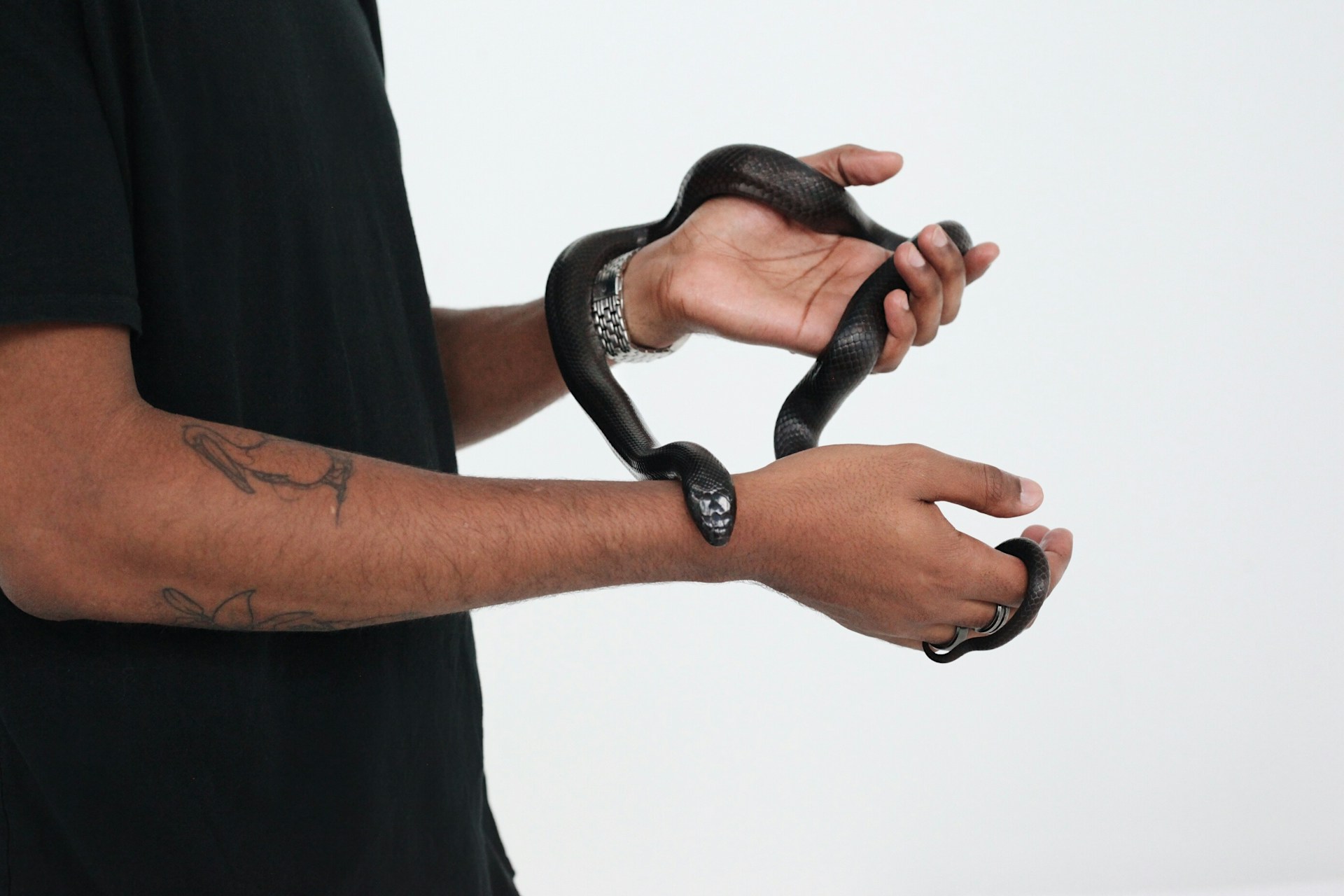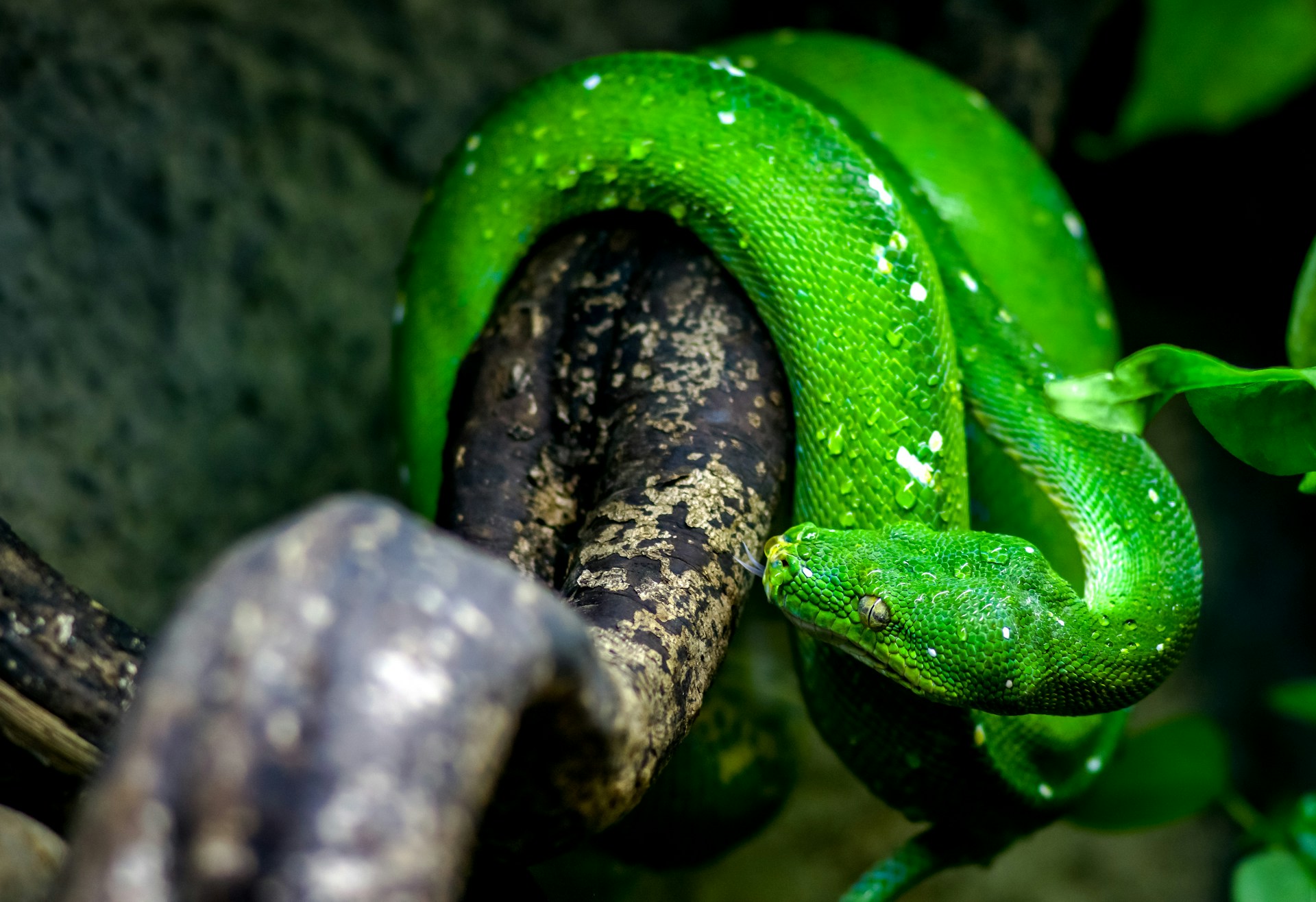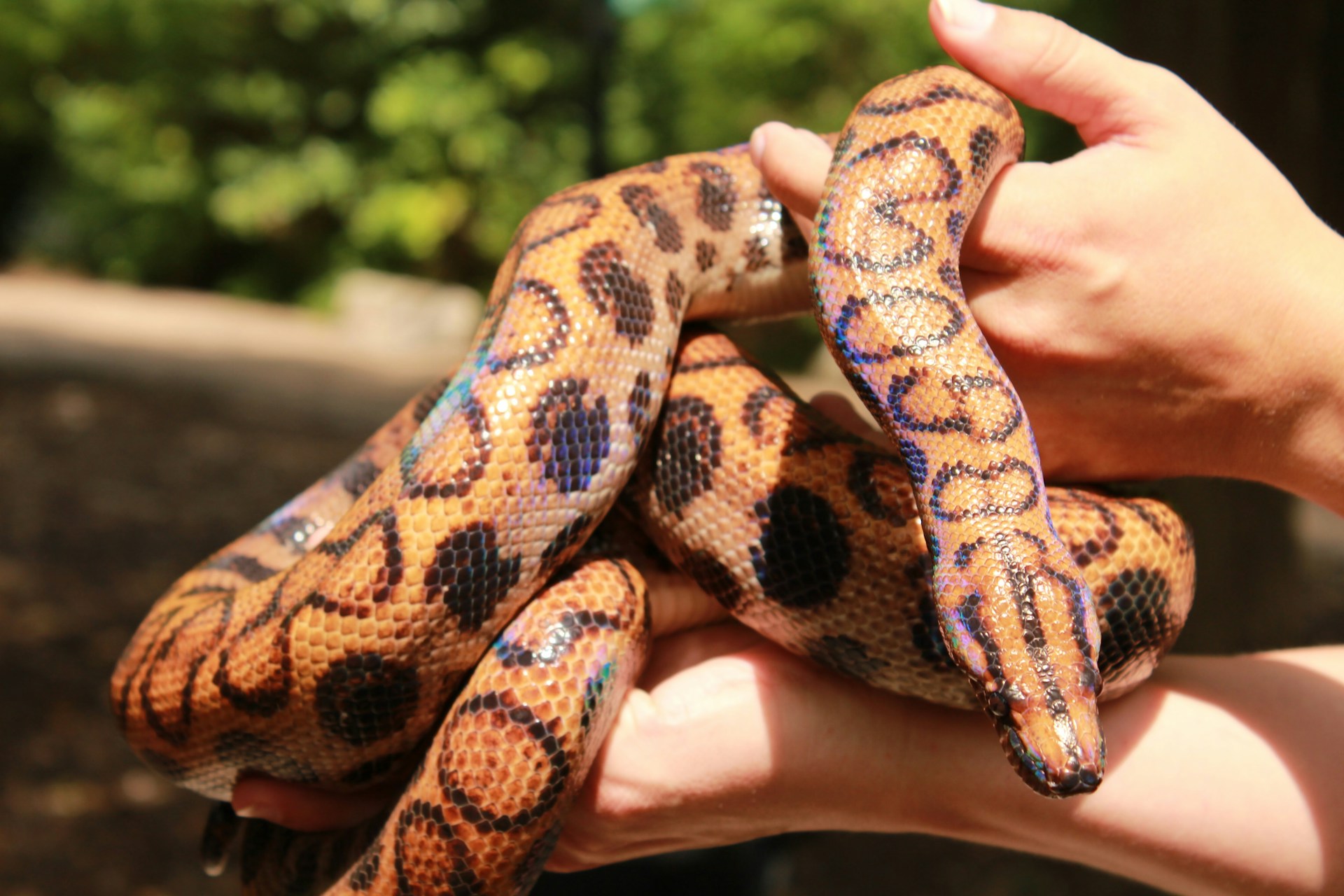Snakes have fascinated humans for centuries, evolving from feared creatures to beloved exotic pets in many households. Despite their reputation as solitary animals, regular handling can significantly enhance a captive snake’s overall health and well-being.
Many snake owners wonder whether their scaly companions truly benefit from interaction or if they’re better left undisturbed.
The truth may surprise you—thoughtful, consistent handling doesn’t just strengthen your bond; it provides numerous physical and psychological benefits for your serpentine friend.
This article explores the many ways that regular, appropriate interaction can improve your snake’s quality of life and help you become a more attentive, knowledgeable owner.
Building Trust Through Consistent Interaction
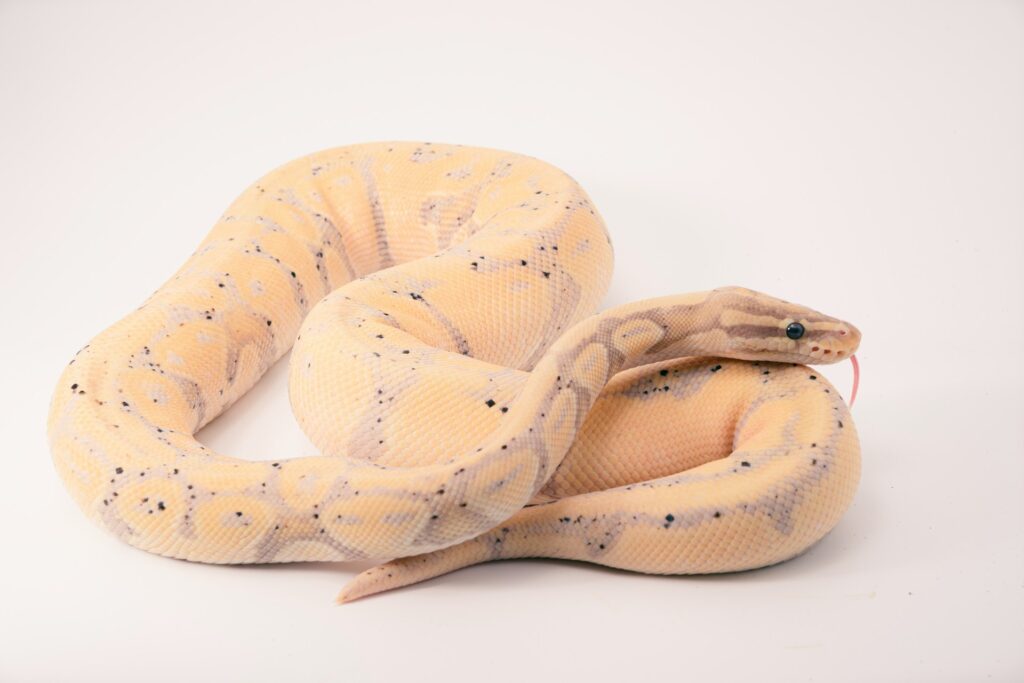
Just like any relationship, the bond between snake and keeper requires time and patience to develop. Initially, most snakes may appear defensive or stressed during handling sessions, which is a natural response to feeling vulnerable.
Through consistent, gentle interactions, however, snakes gradually become accustomed to their owner’s scent, touch, and presence. This familiarity breeds comfort as the snake learns that handling doesn’t result in harm or predation.
Over weeks and months, many keepers observe remarkable transformations as their once-shy reptiles begin to recognize them and show visible signs of reduced stress during handling.
This foundation of trust creates a positive feedback loop where both handling sessions and regular care activities like feeding and enclosure maintenance become less stressful for both parties.
Reducing Stress and Defensive Behaviors
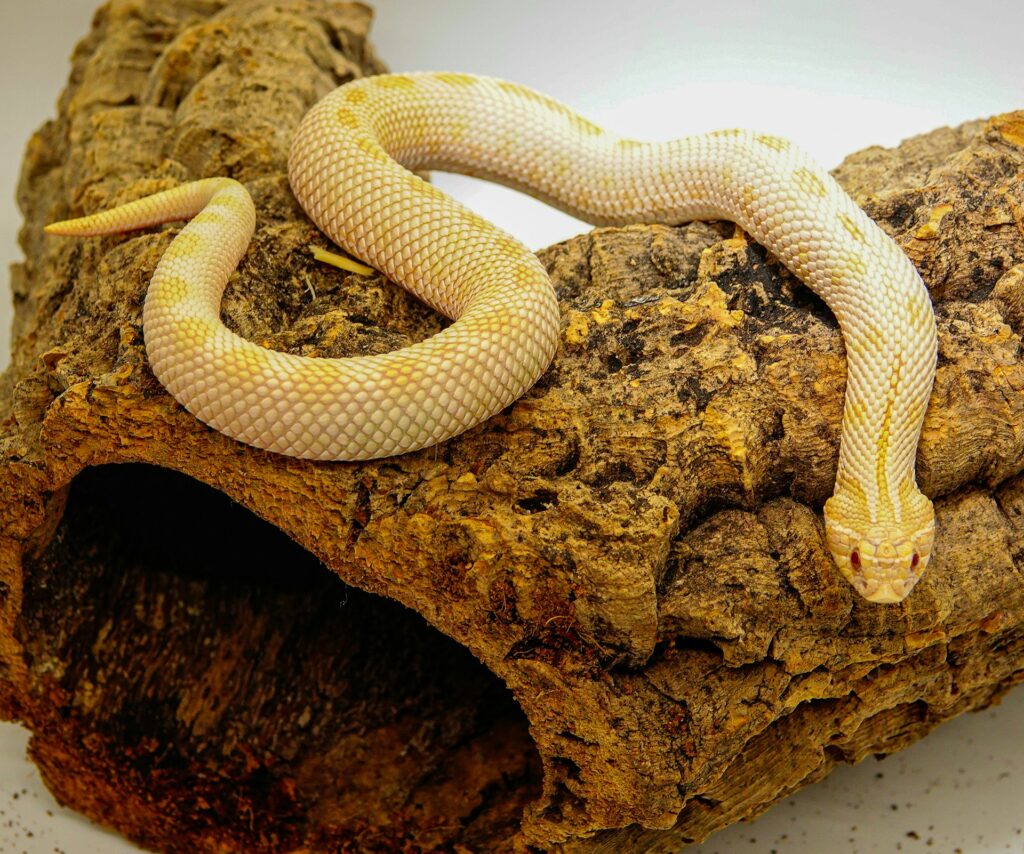
Wild snakes primarily view handling as a predatory threat, triggering their fight-or-flight response. In captivity, untamed snakes often display stress behaviors like hissing, striking, musking (releasing defensive odors), or attempting to flee when approached.
Regular, predictable handling sessions can dramatically reduce these defensive reactions over time. As the snake becomes desensitized to the sensation of being lifted and supported, their stress hormone levels typically decrease during these interactions.
Experienced keepers often report that consistent handling leads to snakes that are calmer during necessary procedures like health checks or enclosure cleaning.
This reduction in chronic stress has significant implications for the snake’s immune function and overall resilience, potentially extending their lifespan in captivity.
Enhanced Environmental Exploration
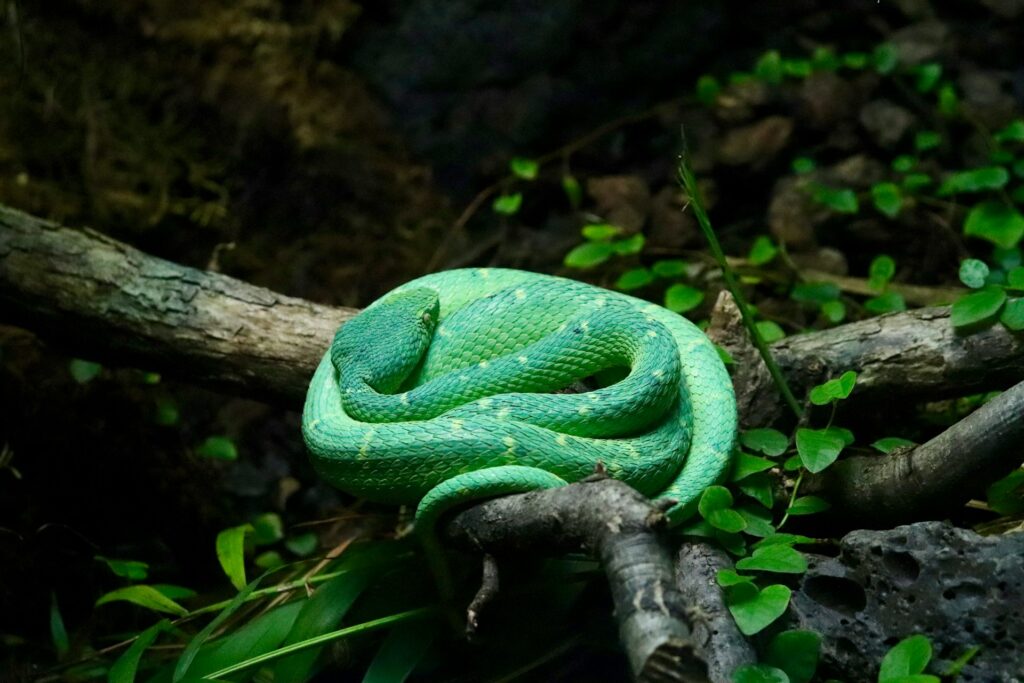
Captivity inherently limits a snake’s ability to explore diverse environments compared to their wild counterparts. Regular handling sessions provide crucial environmental enrichment by allowing snakes to experience new textures, temperatures, scents, and spatial dimensions.
During supervised free-roaming time or interaction sessions outside their enclosure, snakes engage their sensory organs more actively, flicking their tongues to collect chemical information and exploring surfaces with their sensitive skin.
This mental stimulation helps prevent the behavioral stagnation that can occur in unchanging enclosure environments.
Many owners notice increased curiosity and exploratory behaviors developing in regularly handled snakes, suggesting improved cognitive engagement and environmental adaptation.
Improved Physical Exercise Opportunities
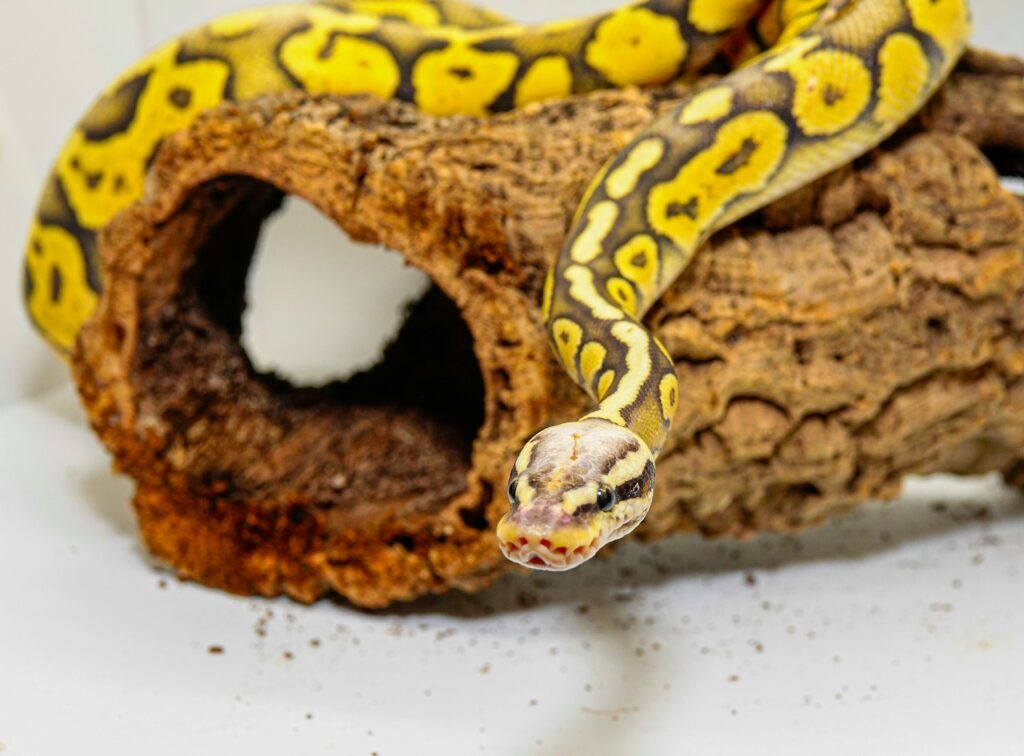
Movement is essential for maintaining healthy muscle tone and cardiovascular function in reptiles. While enclosures should always be appropriately sized, even the most spacious habitat has limitations compared to the vast territories wild snakes might navigate.
Handling sessions encourage different types of muscle engagement as snakes work to balance, grip, and maneuver around their handler’s arms and hands. These novel movement patterns exercise muscle groups that might otherwise remain underutilized in the enclosure environment.
Regular exercise through handling can help prevent obesity, improve circulation, and maintain joint flexibility, especially in less active species or aging individuals.
Handlers often observe their snakes becoming more coordinated and physically confident with consistent handling experience.
Early Detection of Health Problems
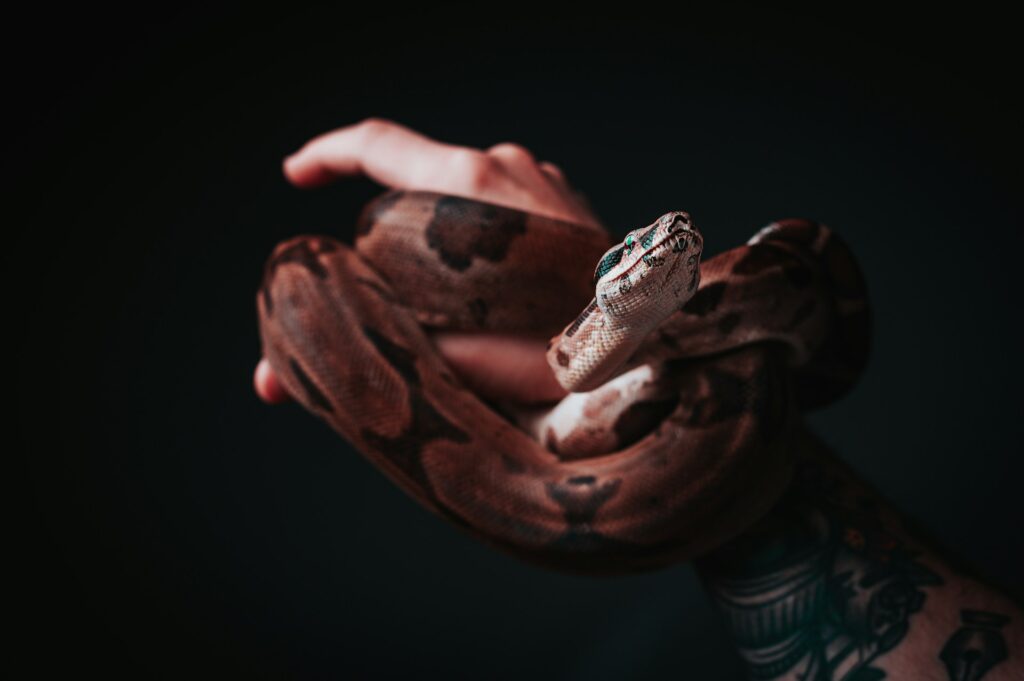
One often overlooked benefit of regular handling is the opportunity it provides for thorough health monitoring. Frequent, close interaction allows owners to become intimately familiar with their snake’s normal appearance, behavior, and physical condition.
This baseline knowledge becomes invaluable for detecting subtle changes that might indicate developing health issues.
During handling, keepers can easily check for abnormalities like unusual lumps, skin problems, respiration difficulties, or changes in muscle tone that might not be visible through enclosure glass.
Many veterinarians confirm that snake owners who handle regularly tend to identify health concerns earlier, leading to more successful treatment outcomes.
This hands-on health monitoring can be particularly critical for species prone to specific conditions like respiratory infections or scale rot.
Socialization Benefits for Educational Ambassadors
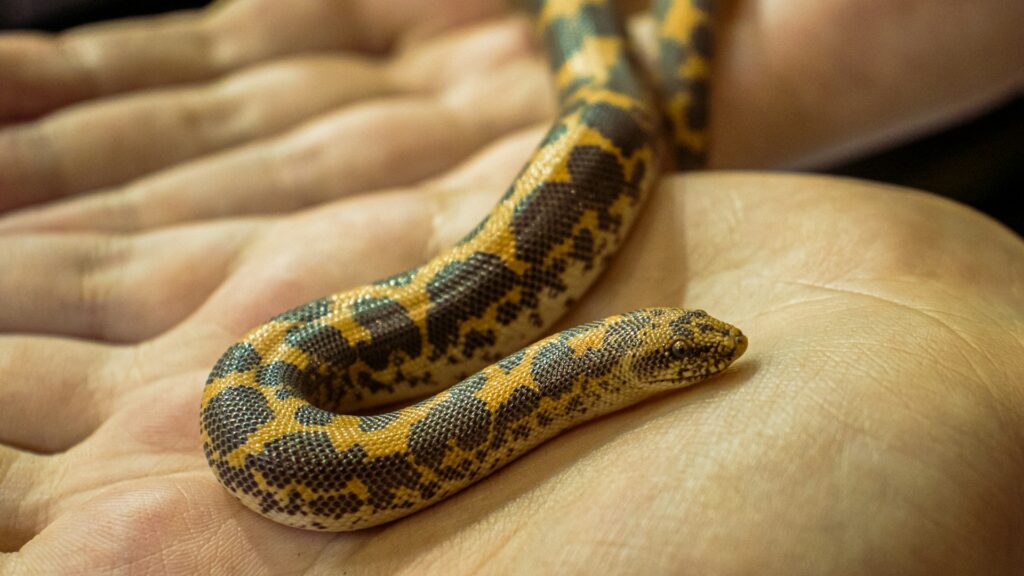
Snakes kept for educational purposes benefit tremendously from regular handling as part of their training as ambassador animals.
Reptiles used in classroom visits, nature center programs, or public education events must become comfortable with various handling styles, noise levels, and environmental changes. Through progressive socialization, these snakes develop remarkable tolerance for situations that would stress their untamed counterparts.
Educational ambassador snakes that receive consistent handling typically show reduced stress markers during presentations and recover more quickly afterward.
This adaptability not only improves the snake’s welfare during educational work but also enhances the learning experience for audience members who can observe calm, natural behaviors rather than defensive reactions.
Temperature Regulation Opportunities
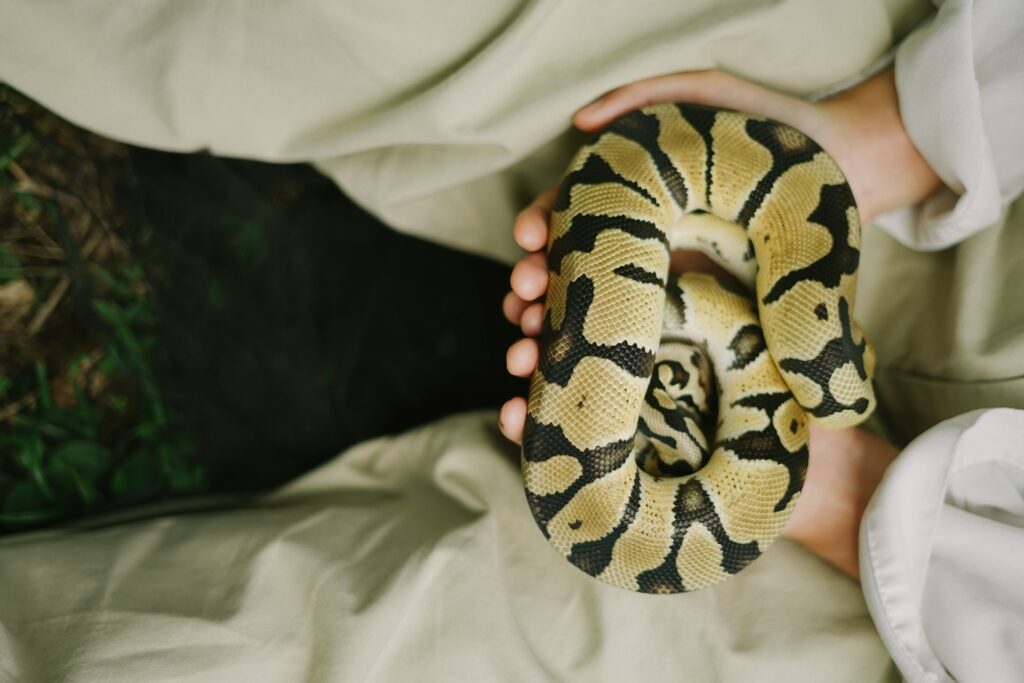
Snakes are ectothermic, relying on external heat sources to regulate their body temperature. While proper enclosure heating is essential, handling sessions offer additional thermoregulation opportunities that can benefit your snake’s metabolism.
Human body heat provides a warm gradient that snakes often find appealing, especially species from warmer climates. During handling, snakes can adjust their position to find their preferred temperature zone against your skin or clothing.
This thermal diversity supplements the temperature gradient in their enclosure and may help stimulate natural behaviors.
Many owners notice their snakes becoming more active after handling sessions, possibly due to the metabolic boost from the temperature variations they experienced.
Creating Positive Feeding Associations
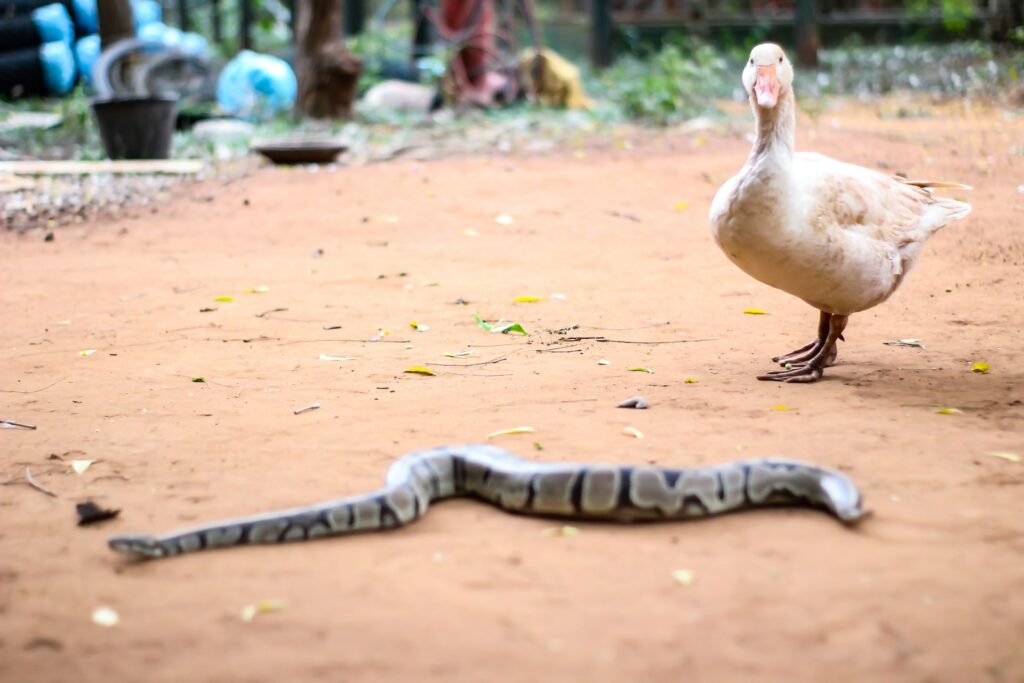
Regular handling helps establish clear boundaries between interaction time and feeding time, reducing potential confusion that can lead to defensive or inappropriate feeding responses.
Snakes that never experience handling except during feeding may associate any enclosure opening or human presence with food, potentially leading to striking behaviors or regurgitation if handled too soon after meals.
Consistent non-feeding handling helps the snake distinguish between these different types of interactions. Many experienced keepers establish specific routines or signals that help their snakes understand when handling versus feeding is occurring.
This distinction reduces stress for both snake and keeper while creating a more predictable environment for the reptile.
Minimizing Transportation Trauma
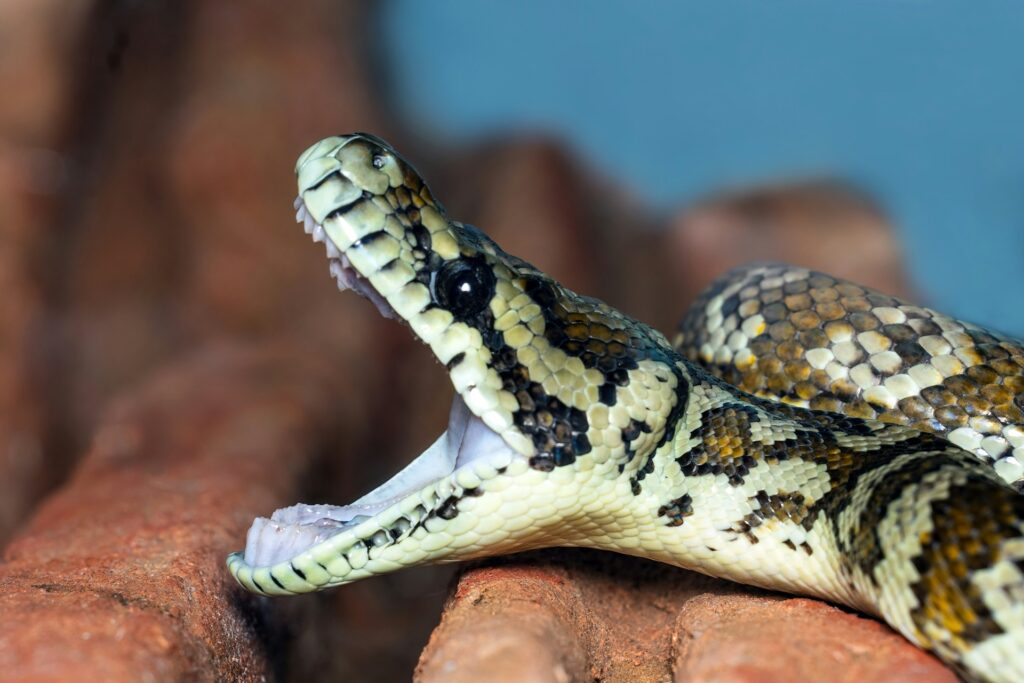
At some point in most captive snakes’ lives, they will need to be transported for veterinary care, relocation, or other necessary situations.
Snakes unaccustomed to handling often experience extreme stress during these events, potentially compromising their health.
Regularly handled snakes typically adapt more readily to the unusual sensations of being contained in transport containers and experiencing vehicle movement.
This transportation resilience can significantly reduce the psychological impact of necessary journeys. Veterinarians frequently report that well-socialized snakes show fewer stress symptoms during examinations and recover more quickly from necessary medical procedures.
This stress reduction directly benefits the snake’s immune function and healing capacity during critical health interventions.
Practical Handling Guidelines for Maximum Benefit
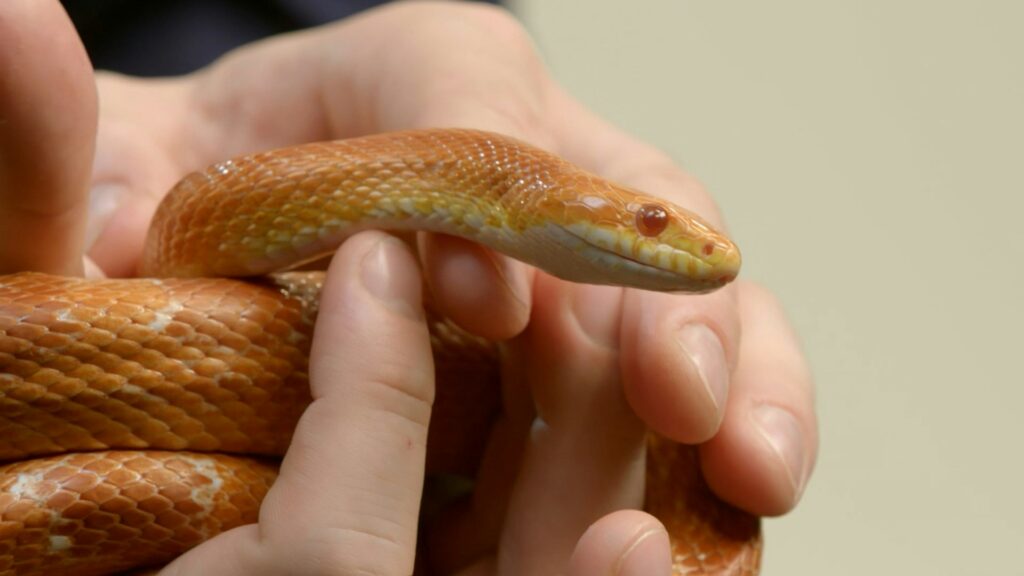
To ensure handling truly benefits your snake, certain best practices should be followed consistently. Sessions should be kept relatively short (5-15 minutes) initially, gradually increasing as the snake shows comfort signals like relaxed muscle tone and calm exploratory behavior.
Handling should never occur immediately before or after feeding (waiting 48-72 hours after meals prevents regurgitation).
The environment should be secure, free from loud noises, and maintained at an appropriate temperature to prevent thermal shock.
Always support your snake’s body properly, especially the midsection and heavier portions, to prevent muscle strain or fear responses.
Begin and end each session calmly, using hooks for initially defensive species to prevent bite reflexes associated with hand movements near their enclosure.
Species-Specific Handling Considerations
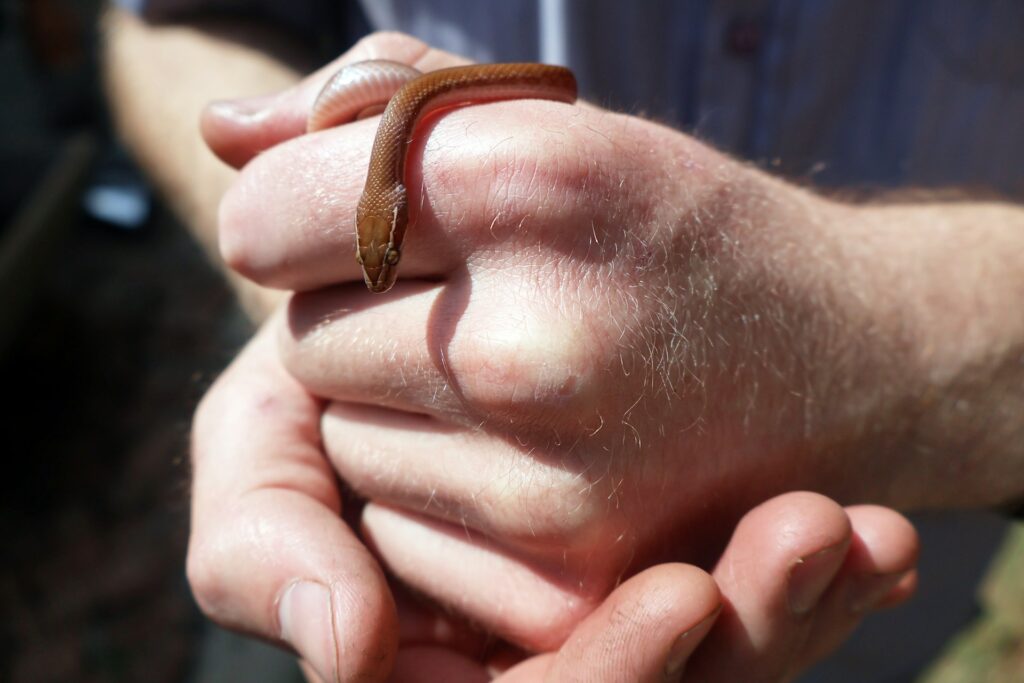
Different snake species have varying temperaments and handling requirements that significantly impact their socialization process.
Corn snakes, ball pythons, and king snakes generally adapt well to regular handling, often becoming notably tame within months of consistent interaction.
More defensive species, like blood pythons or certain rat snake species, may require longer habituation periods and specialized approaches like hook training.
Arboreal species benefit from vertical handling positions that mimic their natural posture, while heavy-bodied terrestrial species need substantial support to prevent muscle strain.
Some species, particularly highly defensive ones like certain vipers or particularly sensitive species like some hognose varieties, may never fully acclimate to extensive handling and should be interacted with minimally.
Researching your specific species’ natural temperament and handling tolerance is essential for developing appropriate interaction protocols.
Understanding Body Language During Handling
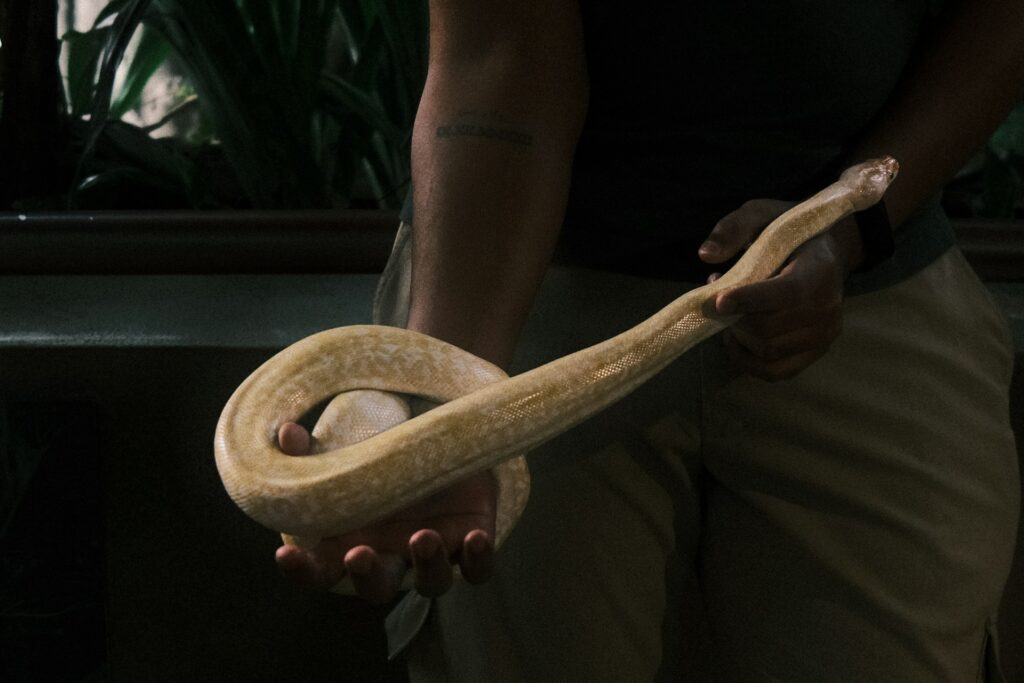
Learning to read your snake’s subtle communication signals transforms handling from a one-sided activity into meaningful interaction.
Stress indicators during handling include rapid breathing, tense muscles, defensive positioning (s-curves or striking posture), tail rattling, or attempting to flee rapidly.
Comfort signals typically include relaxed muscle tone, slow, deliberate movements, calm tongue flicking to explore rather than detect threats, and willingness to move unhurriedly across your hands or arms.
Particularly comfortable snakes may even seek warmth against your skin or show curiosity about their surroundings rather than focusing solely on escape.
Recognizing and respecting these communications allows you to adjust handling duration and technique to your individual snake’s comfort level, building trust through responsive care.
With experience, most keepers develop an intuitive sense of their snake’s mood and readiness for interaction.
Balancing Handling With Natural Behaviors
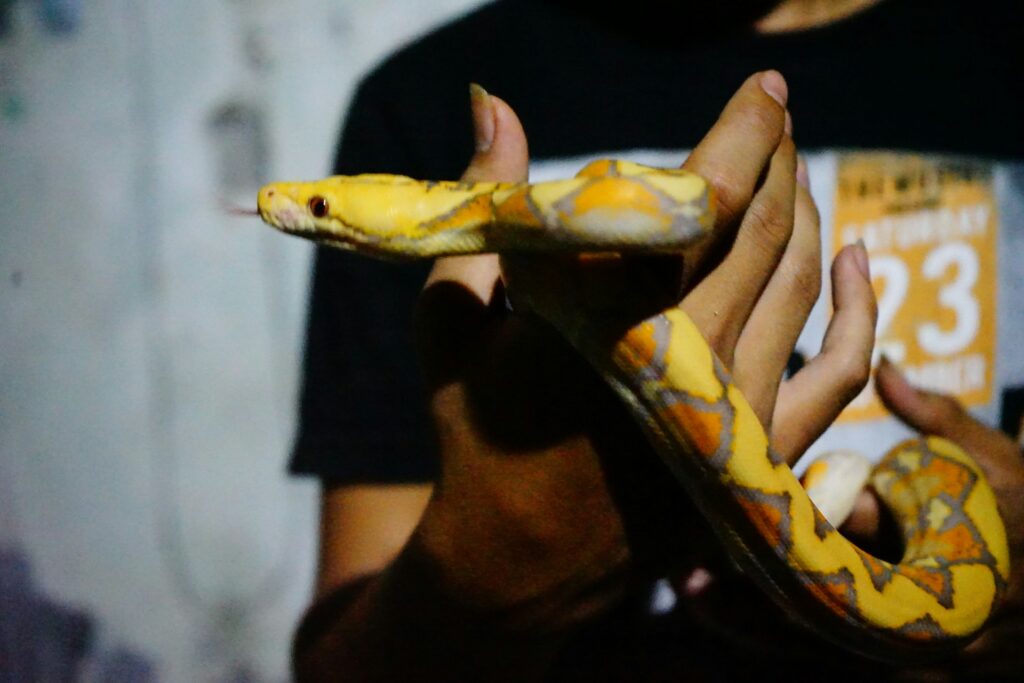
While handling offers numerous benefits, it’s crucial to balance interaction with respect for your snake’s natural behavioral needs.
Even the most well-socialized snakes require substantial private time to engage in natural behaviors like exploring their enclosure, utilizing hides, thermoregulating, and resting undisturbed. Excessive handling can disrupt these essential activities and potentially cause chronic stress.
Most experienced keepers recommend handling sessions 2-3 times weekly for established snakes, adjusted based on the individual’s temperament and stress signals.
Particularly sensitive periods, such as during shedding, breeding seasons, or after feeding, should involve minimal to no handling.
This balanced approach ensures your snake receives the benefits of socialization while still honoring their fundamental reptilian nature and biological needs.
Conclusion
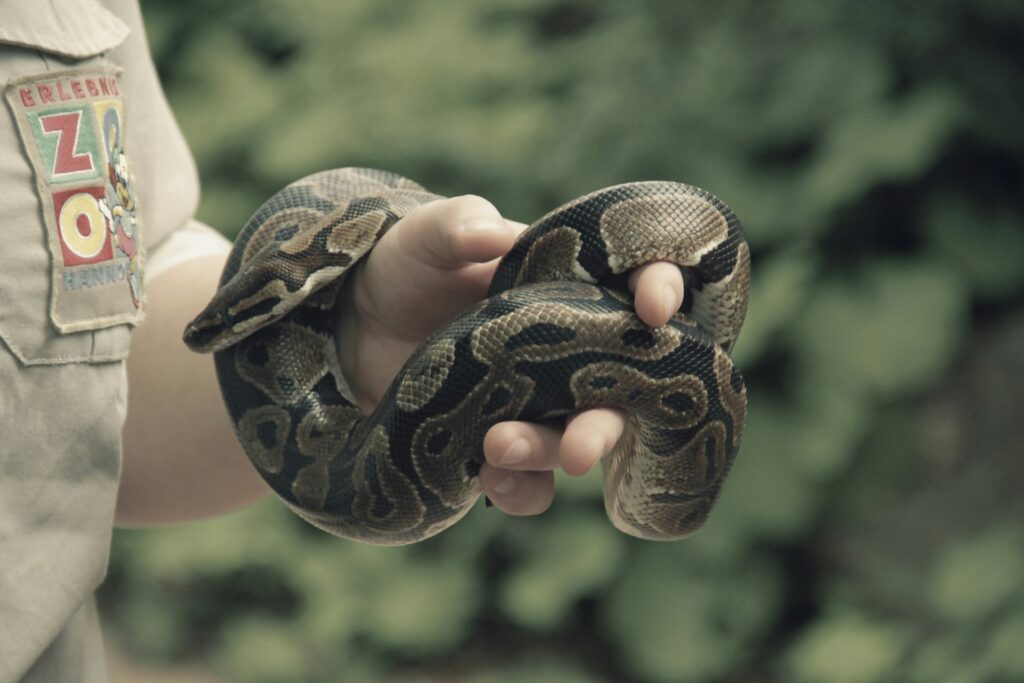
Regular, appropriate handling establishes a mutually beneficial relationship between snake and keeper that extends far beyond simple familiarity.
Through thoughtful interaction, snake owners can significantly enhance their pet’s physical health, psychological wellbeing, and adaptability to captive life.
The reduced stress, increased environmental enrichment, and improved health monitoring that handling facilitates can contribute to a longer, more fulfilling life for your serpentine companion.
While always respecting species-specific needs and individual temperaments, developing a consistent, gentle handling routine represents one of the most meaningful ways to enhance your snake’s quality of life in captivity.
The trust that develops through this practice transforms snake keeping from basic maintenance into a rewarding relationship built on mutual understanding and respect.

